Marcus Friedel
UltraBots: Large-Area Mid-Air Haptics for VR with Robotically Actuated Ultrasound Transducers
Oct 04, 2022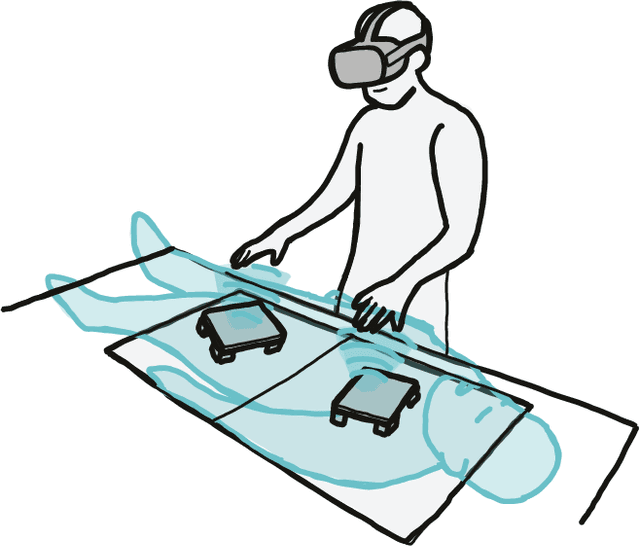
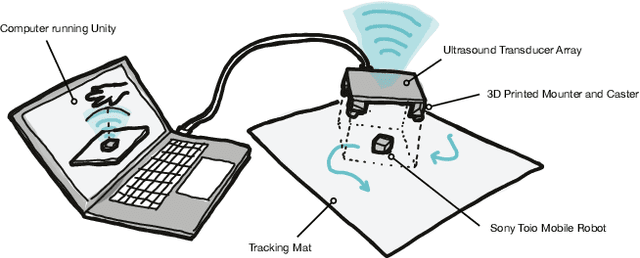

Abstract:We introduce UltraBots, a system that combines ultrasound haptic feedback and robotic actuation for large-area mid-air haptics for VR. Ultrasound haptics can provide precise mid-air haptic feedback and versatile shape rendering, but the interaction area is often limited by the small size of the ultrasound devices, restricting the possible interactions for VR. To address this problem, this paper introduces a novel approach that combines robotic actuation with ultrasound haptics. More specifically, we will attach ultrasound transducer arrays to tabletop mobile robots or robotic arms for scalable, extendable, and translatable interaction areas. We plan to use Sony Toio robots for 2D translation and/or commercially available robotic arms for 3D translation. Using robotic actuation and hand tracking measured by a VR HMD (e.g., Oculus Quest), our system can keep the ultrasound transducers underneath the user's hands to provide on-demand haptics. We demonstrate applications with workspace environments, medical training, education and entertainment.
HapticLever: Kinematic Force Feedback using a 3D Pantograph
Oct 04, 2022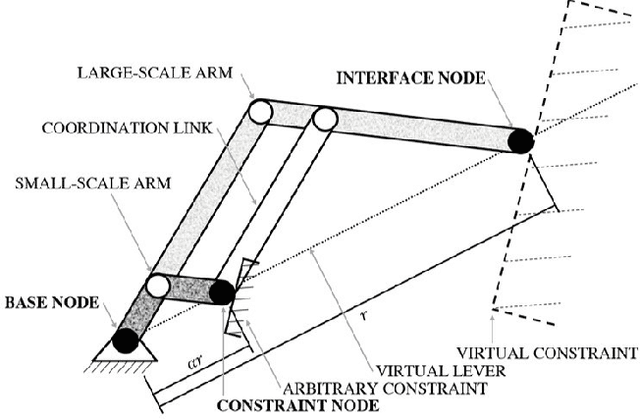
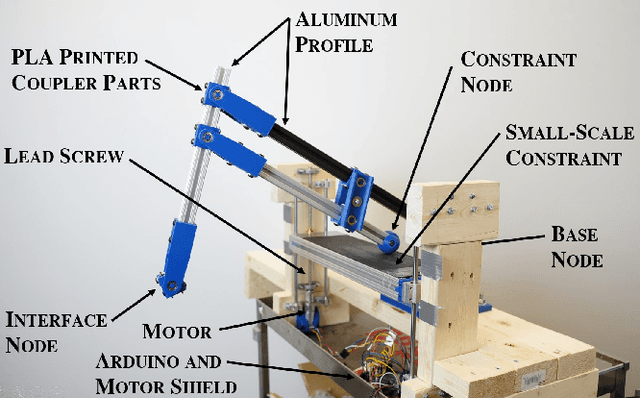
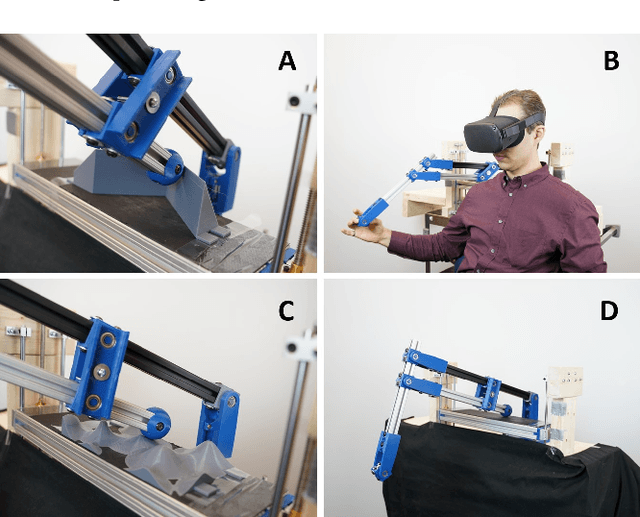
Abstract:HapticLever is a new kinematic approach for VR haptics which uses a 3D pantograph to stiffly render large-scale surfaces using small-scale proxies. The HapticLever approach does not consume power to render forces, but rather puts a mechanical constraint on the end effector using a small-scale proxy surface. The HapticLever approach provides stiff force feedback when the user interacts with a static virtual surface, but allows the user to move their arm freely when moving through free virtual space. We present the problem space, the related work, and the HapticLever design approach.
 Add to Chrome
Add to Chrome Add to Firefox
Add to Firefox Add to Edge
Add to Edge